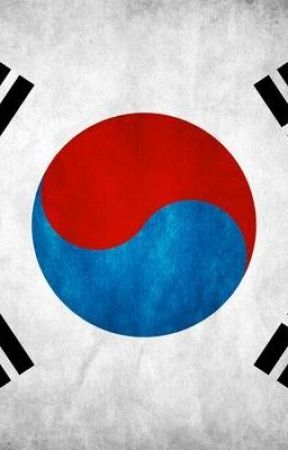Unlike English, pronouns are not essential for sentences to be grammatically correct in Korean
language, and in many instances, the pronouns can be omitted from normal sentences all together.
It is also important to notice that some pronouns (e.g. 당신, 그, 그녀) are much less frequently used
than other pronouns in spoken Korean.
Pronouns (I, You) - 나, 저, 너, 당신
Let's start with "I":
Informal form (나, I)
•나 = I
•나는 = I + 는 (Topic particle)
•난 (usually in spoken Korean)
•내가 = I + 가 (Identifier particle)
•나도 = I + 도 (Additive particle)
•나를 = I + 를 (Object particle)
•날 (usually in spoken Korean)
•내 = my
•내 것 = mine (written Korean)
•내 꺼 (usually in spoken Korean)
Note: 나 becomes 내 when combined with 가 (Identifier particle)
Polite form (저, I)
•저 = I
•저는 = I + 는 (Topic particle)
•전 (usually in spoken Korean)
•제가 = I + 가 (Identifier particle)
•저도 = I + 도 (Additive particle)
•저를 = I + 를 (Object particle)
•절 (usually in spoken Korean)
•제 = my
•제 것 = mine (written Korean)
•제 꺼 (usually in spoken Korean)
Now for "You":
Informal form (너, You)
•너 = You
•너는 = You + 는 (Topic particle)
•넌 (usually in spoken Korean)
•네가 = You + 가 (Identifier particle) (written Korean)
•니가 (usually in spoken Korean)
•너도 = You + 도 (Additive particle)
•너를 = You + 를 (Object particle)
•널 (usually in spoken Korean)
•네 = your (written Korean)
•니 (usually in spoken Korean)
•네 것 = yours (written Korean)
•니 꺼 (usually in spoken Korean)
Polite form (당신, You)
•당신 = You
•당신은 = You + 은 (Topic particle)
•당신이 = You + 이 (Identifier particle)
•당신도 = You + 도 (Additive particle)
•당신을 = You + 을 (Object particle)
•당신 = your

YOU ARE READING
Learn Korean
RandomAs the title says, here you can learn Korean ;) Note: I'm not Korean I'm trying to learn it too and I try to be as careful as possible by using data from various websites not only from one. If you think something is wrong or there are more ways to...
